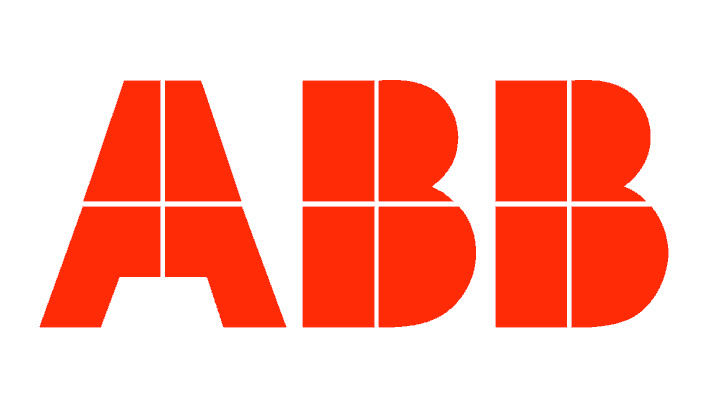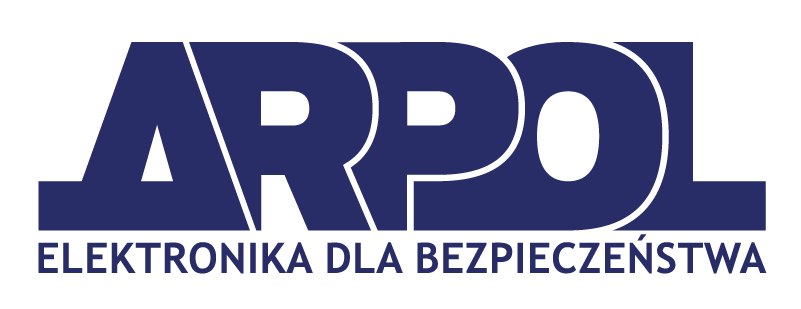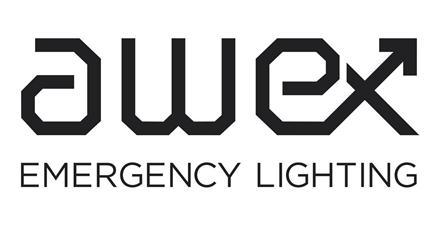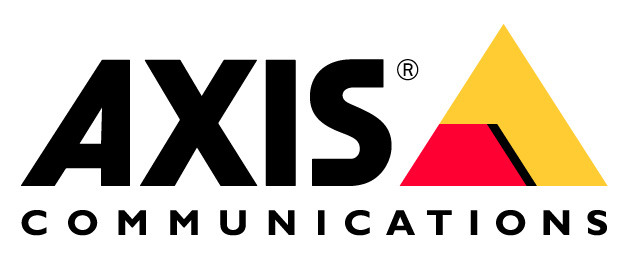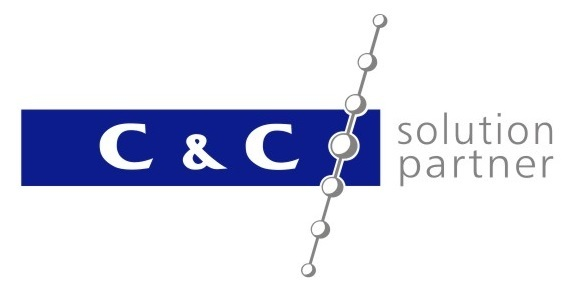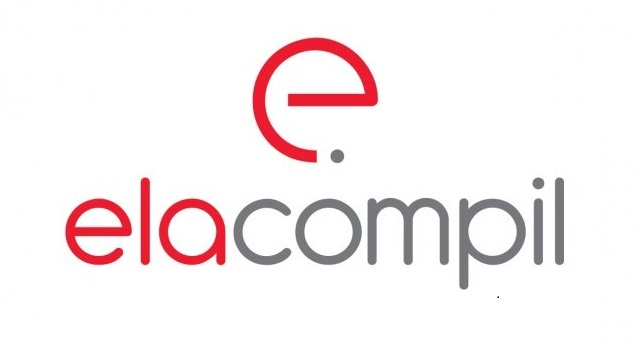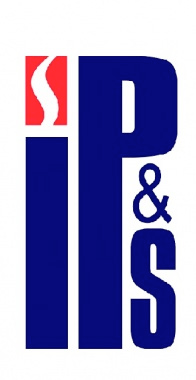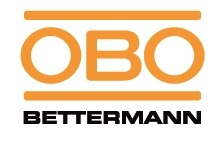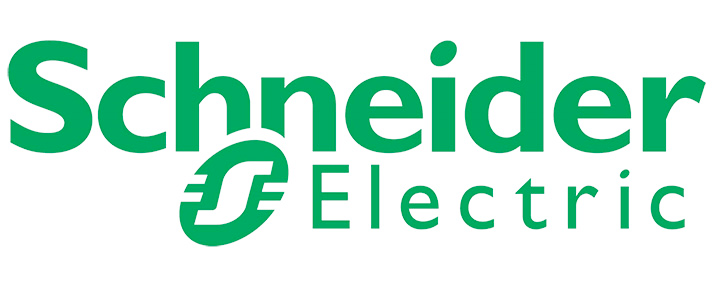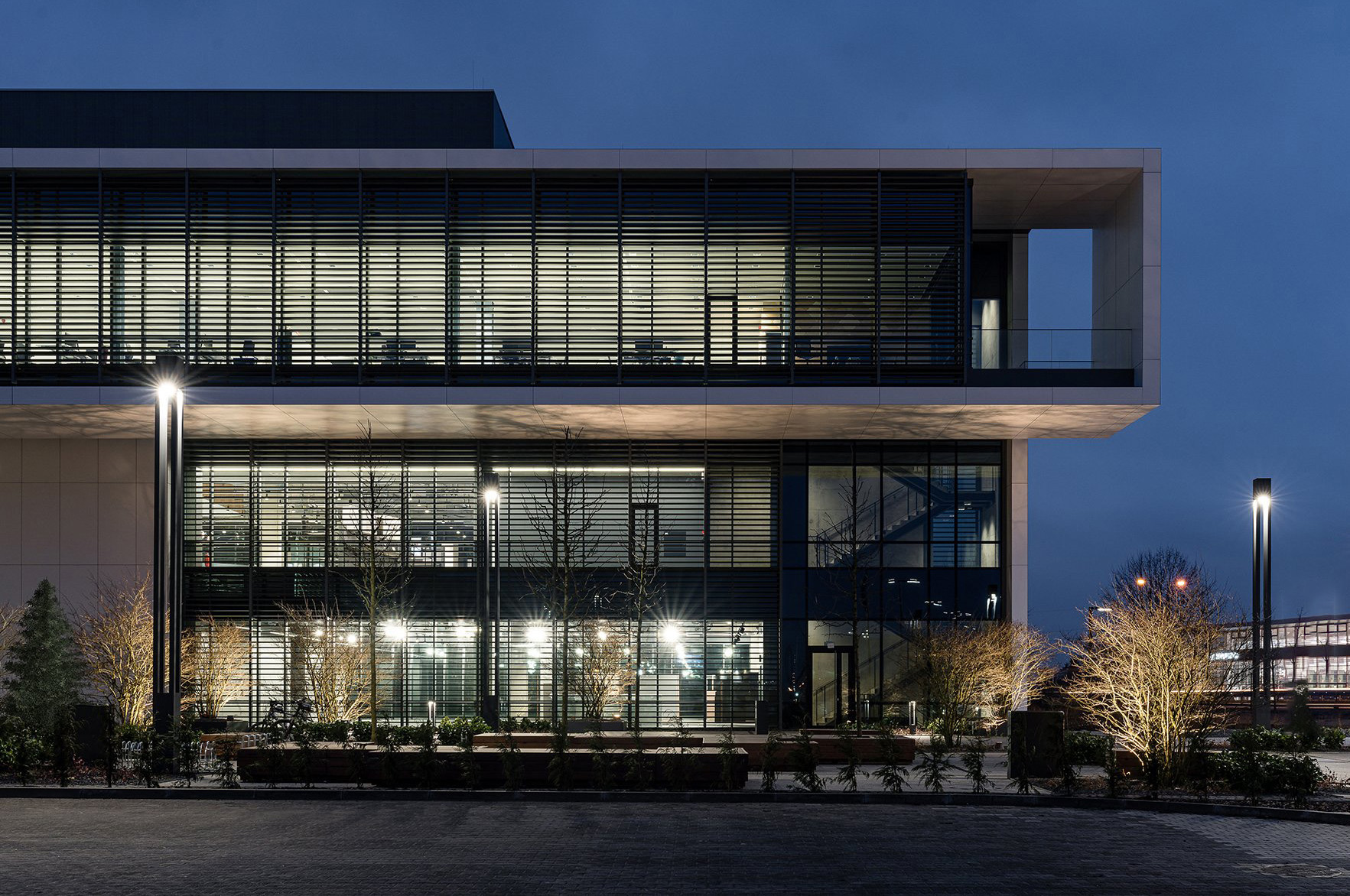
Energy and Security
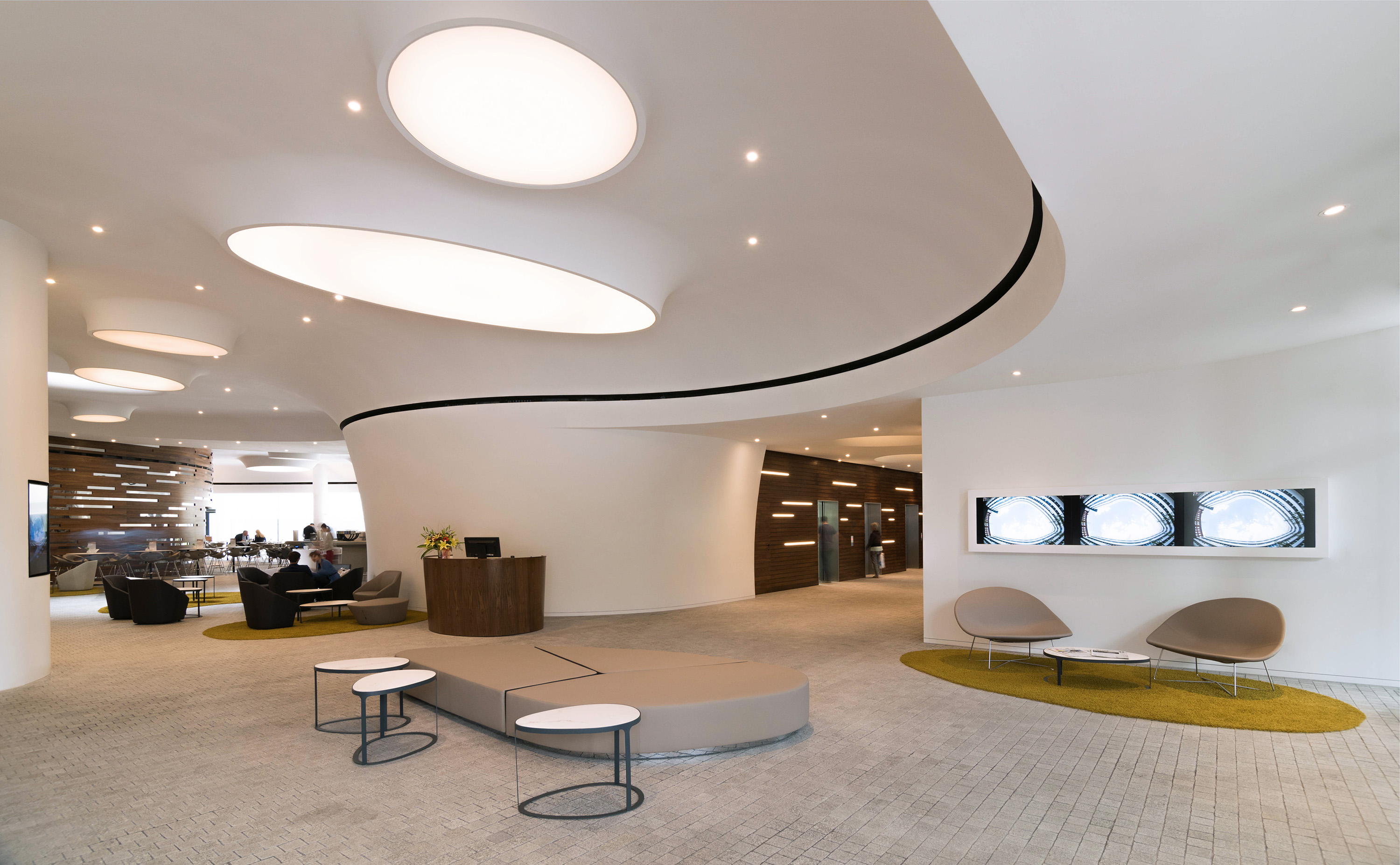
integration
design
service
security and telecommunication systems
Building Management Systems (BMS)
electrical installations
security and telecommunication systems
Selected projects
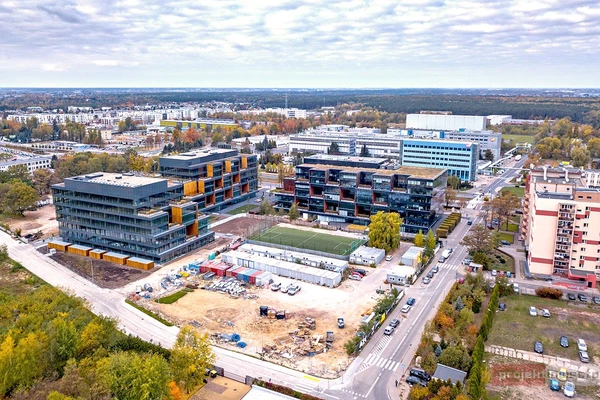
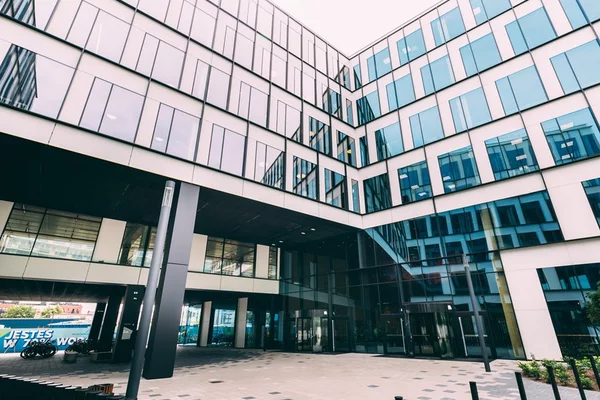
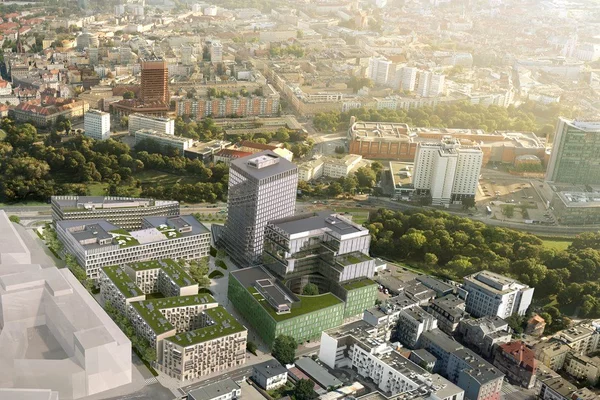


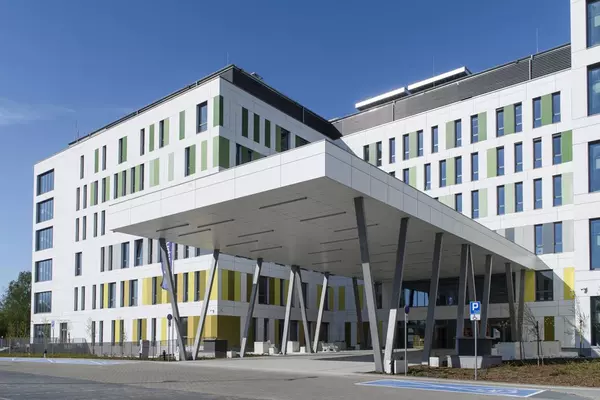
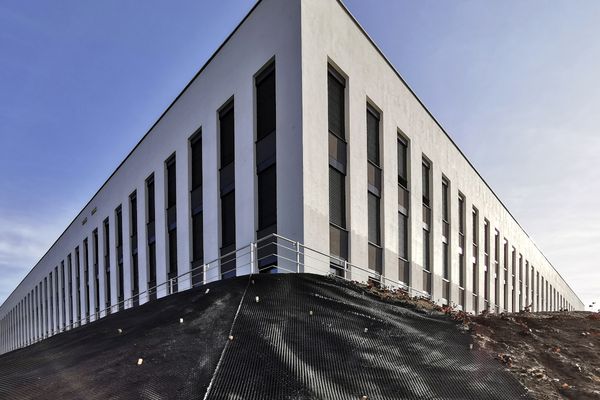

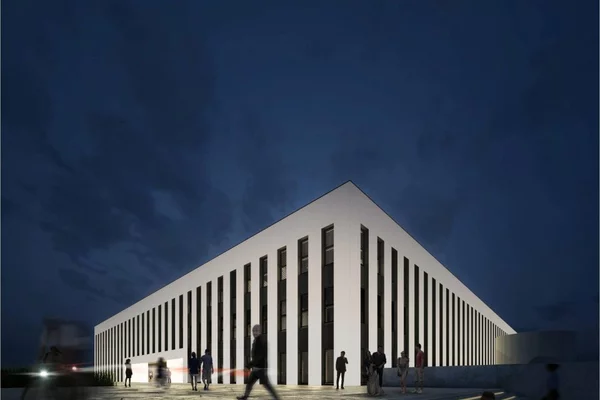
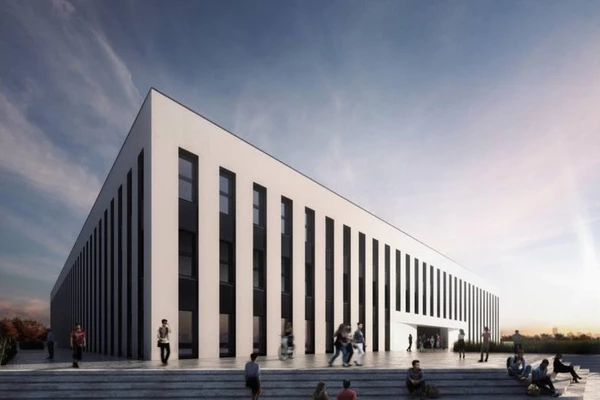

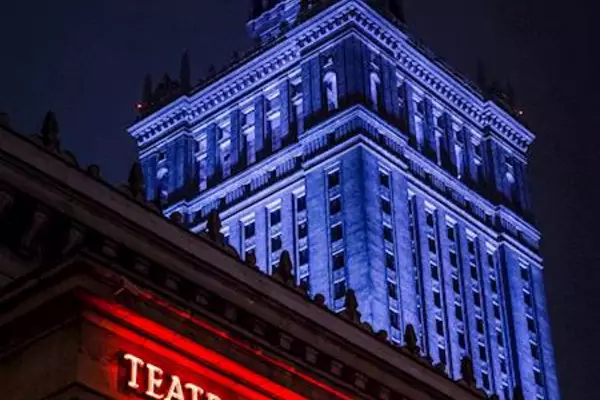
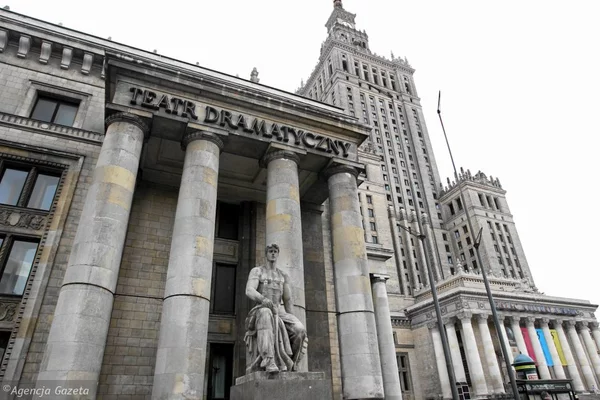

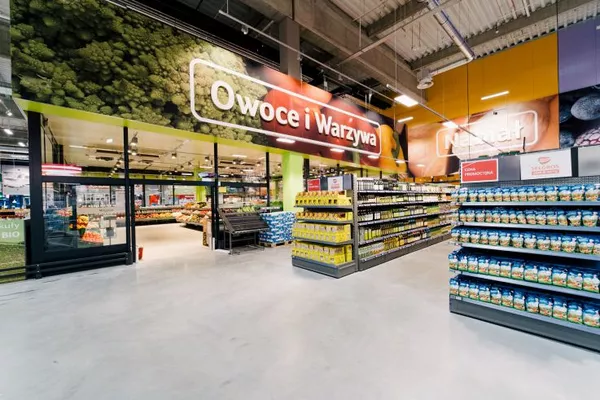
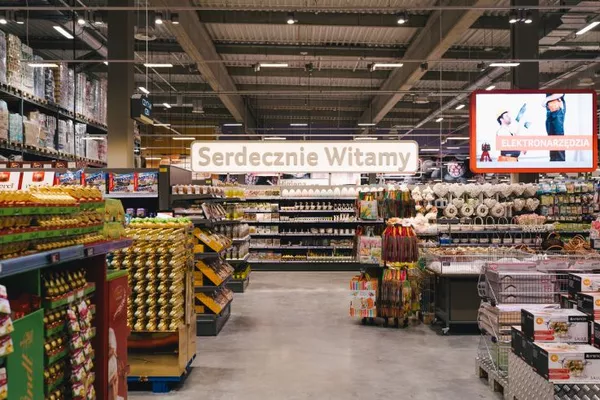
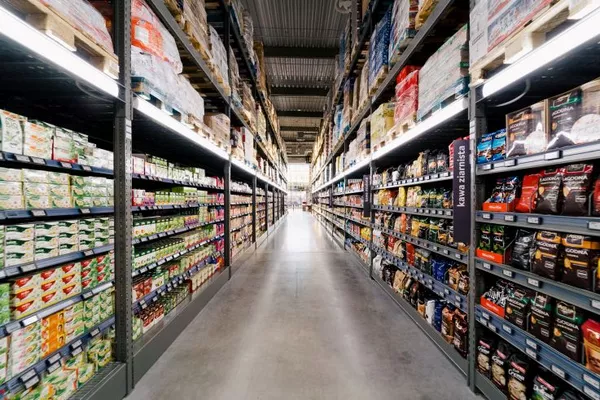
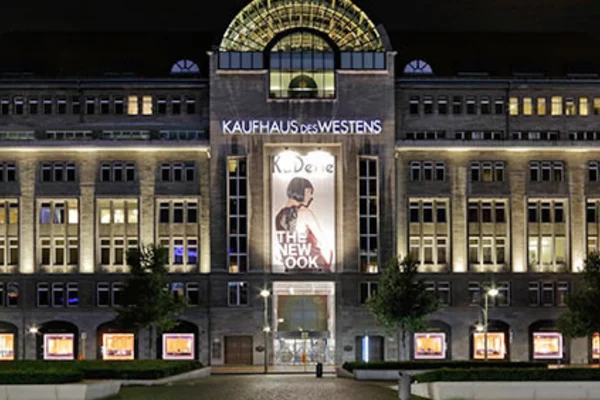
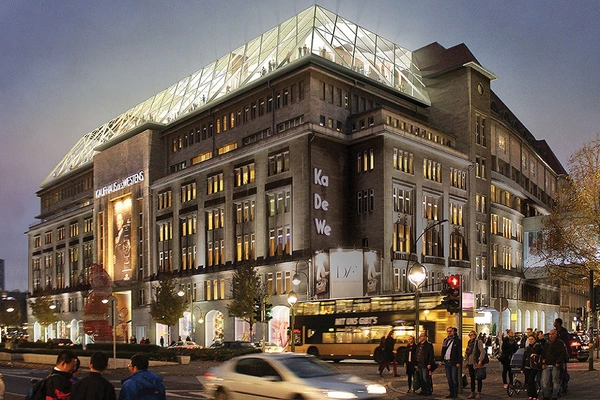

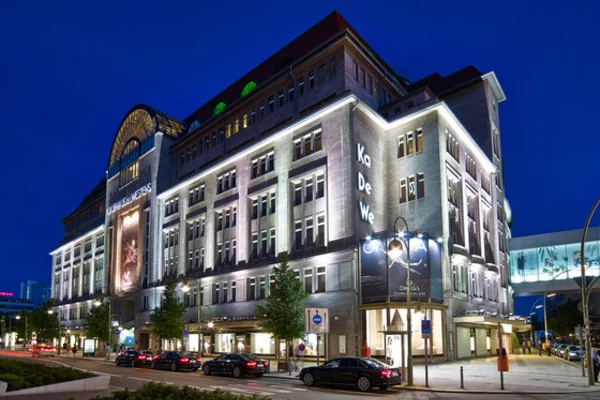
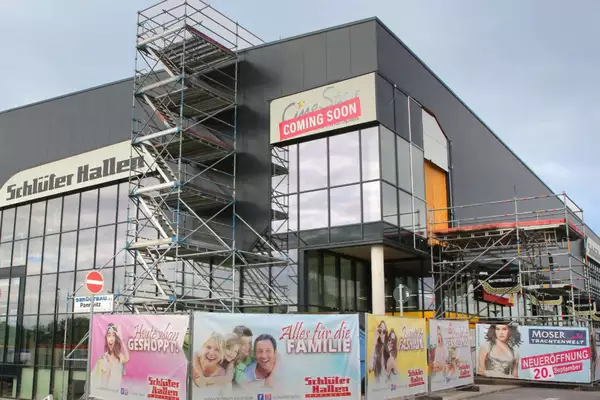



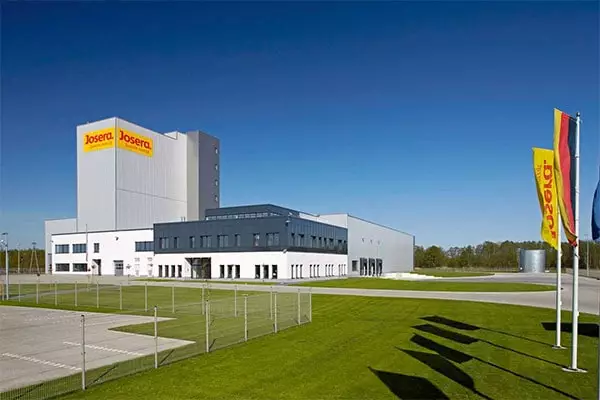
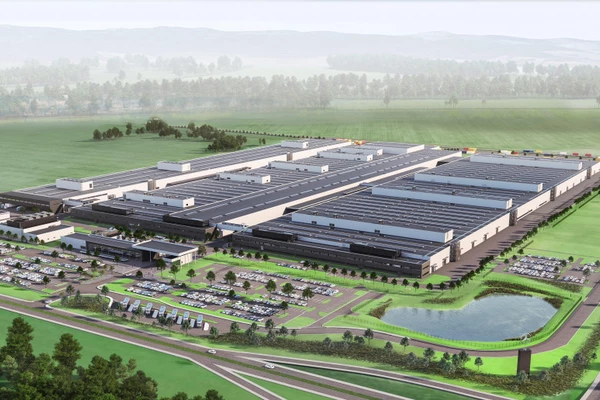
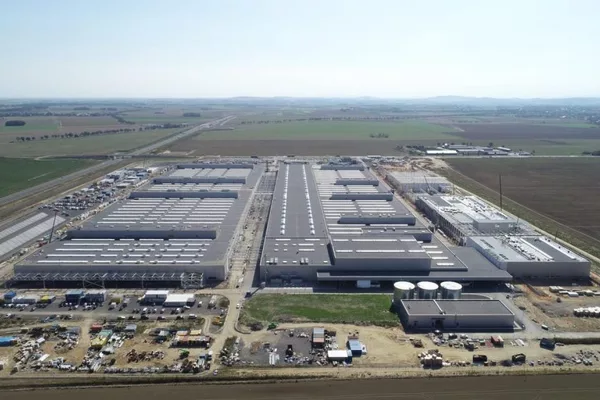
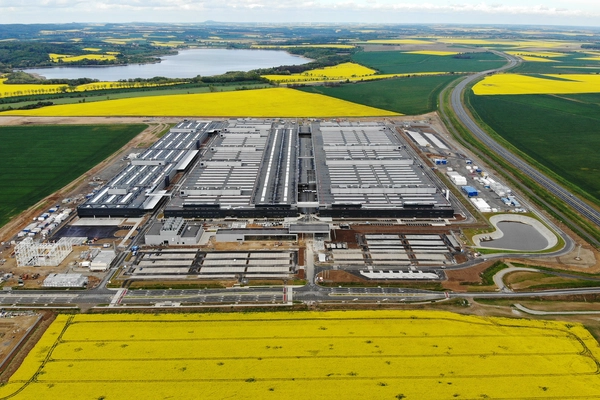

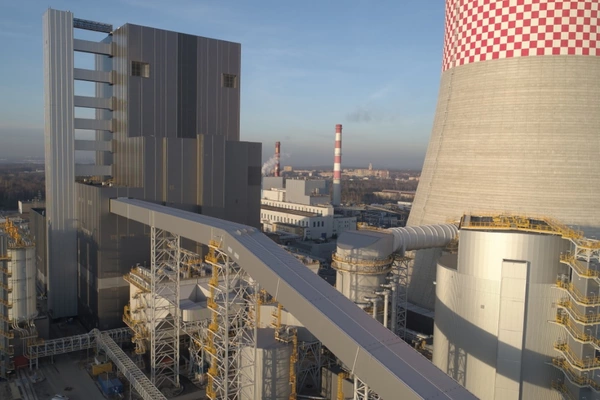
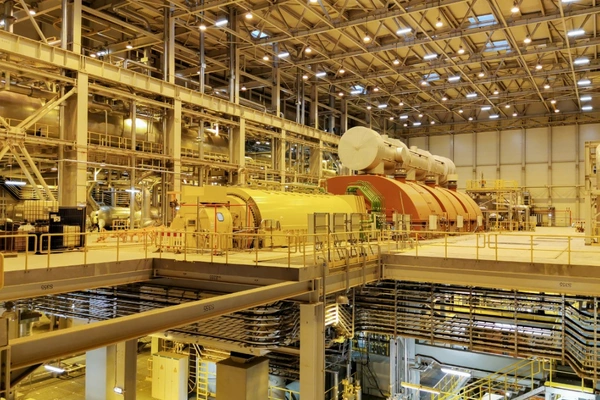


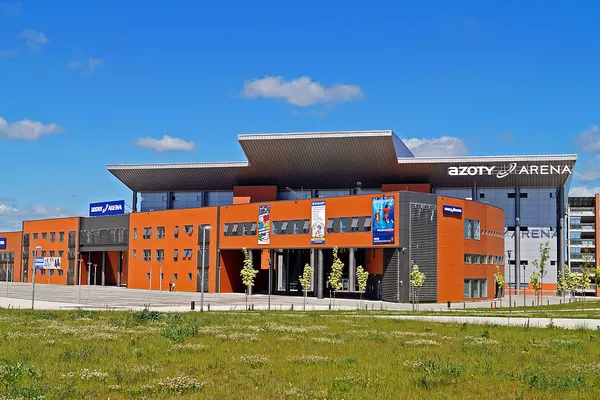
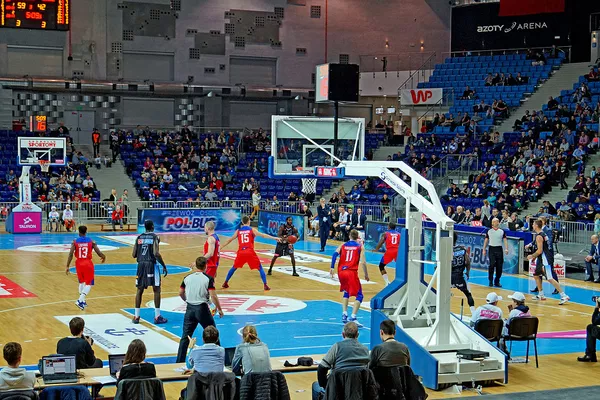

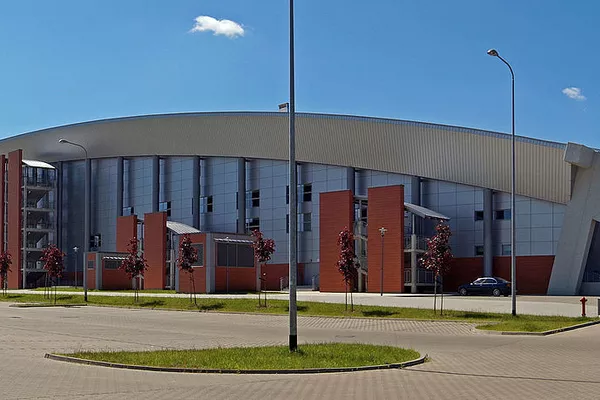
Offer
Our priority is to ensure that the systems implemented by IB Systems operate faultlessly and safely. In line with this principle, we provide you with comprehensive service care, both in the warranty and post-warranty period.
Our offer is supplemented by the following telecommunication systems, which have a significant impact on the comfort of their users, as well as serving to facilitate operation and improve the quality of facility administration.
- structured cabling networks (LAN and WLAN)
- active devices
- SAT TV systems (hotels, housing estates)
- parking systems
- video/intercom systems
- hotel systems
- customer counting systems (shopping centres)
- time registration systems
- visual information systems
- perimetric protection systems
- telephone exchanges
IB Systems carries out comprehensive electrical installations in the low and medium voltage range, both in newly built and modernised facilities.
We provide technical advice on the choice of solutions, materials and equipment used. We offer comprehensive services in the scope of delivery and assembly of devices and fittings of electrical installations, installation start-up and electrical measurements.
We provide a guarantee for the works performed and devices installed, as well as maintenance and post-warranty service.
The IB Systems offer includes the supply and installation of:
Internal electrical installations, including:
- cable routes
- MV and LV wiring
- interior lighting
- emergency and evacuation lighting
- power sockets and fittings
- low-voltage switchgear and busbar bridges and conductors
- low-voltage transformer stations
- the internal power supply lines (EHV)
External electrical installations, including:
- external lighting
- MV electrical switchgear
- MV transformer stations
- UPS generators and uninterruptible power supplies
- earthing, lightning protection and equipotential bonding installations
- external power supply lines
Other services
- tests, examinations and post-assembly measurements
- periodic operational tests and measurements
- measurements and fault location of MV and LV cables
- tests and commissioning work
- modernisation of electrical installations
- servicing and maintenance of electrical installations
Building Management Systems (BMS) are supervisory and control systems that integrate various subsystems (heating, ventilation and air conditioning and other technical installations) and optimise their operation.
Building automation control involves collecting and analysing data from the various subsystems in terms of the relationships between them and selecting their optimal settings. The application of the BMS brings measurable benefits: first and foremost, it leads to a reduction in operating costs by optimising the consumption of utilities (electricity, gas, water), increases the comfort and standard of the building, enhances security, and facilitates tenant billing. IB Systems designs and launches a variety of systems based on intelligent automation controllers, as well as implementing management applications.
The BMS integrates and supervises the operation of all technical equipment and installations into a single control and monitoring system, providing the ability to supervise and control many functions of a facility from a master system. The BMS consists of a wide variety of controllers and sensors dispersed in space and connected through ICT networks, monitoring data from across the facility. The task of the building automation system is to collect, process and visualise information from the building systems, as well as to exchange data between all installed subsystems (controllers).
Thanks to the application of the BMS, it is possible to influence work comfort, safety, behaviour of personnel and services, as well as changes in the condition of technical equipment, which ensures a high level of use and working conditions, as well as administration of a given facility.
The systems installed by IB Systems are easy to expand and allow remote access to the database.
A CCTV system is used for continuous monitoring of the protected facilities and their surroundings. Video recordings from cameras located at the most sensitive points are available online and also archived for the period required by the user. The dynamic development of camera technology and improvements in the format of image recording, results in a continuous increase in the quality and importance of video surveillance. The threats of the modern world (vandalism, hooliganism and terrorism) and, on the other hand, society's growing security demands, make video surveillance indispensable and not only limited to selected sites, but often covering entire urban areas (housing estates, streets, subways, airports, stadiums, etc.).
An alternative to traditional access systems, based on a mechanical key, is an electronic access control system. It enables the movement of people and vehicles within a facility to be monitored and managed, and a defined group of people to be given flexible access rights to particular areas of the facility. The AC system makes it possible to monitor entries and exits, as well as attempts at unauthorised entry. It can also be used as a working time registration system, a vehicle control system in logistics companies, as well as a non-cash settlement system in facilities such as aqua parks, hotels, hospitals, etc.
The intrusion alarm system protects the facility and its surroundings from unauthorised outside intrusion. Thanks to the possibility of separating sub-areas in the protected facility and their independent arming and disarming, the IAS allows flexible management of access to individual areas of the facility. The system consists of a control panel and a wide range of peripheral devices, including various sensors, barriers and keypads. The technologies used make it possible to secure facilities of any size, as well as to monitor a network of facilities through the use of master monitoring systems. When designing the IAS, the system configuration is selected in accordance with the requirements resulting from the type of facility.
The DTS linear heat detector is a special detector that detects a fire based on the principle of measuring the exceedance of a threshold or the rate of temperature increase along the entire length of the thermosensitive element. Such a detector is therefore the optimum protection for objects where there are unfavourable environmental conditions that prevent effective smoke detection, where there is limited access to the supervised space and where the source of fire may be heated surfaces that need to be monitored. Examples of such objects are: conveyor belts (dustiness, overheating of mechanisms), car parks, car and rail tunnels (exhaust fumes, blasts), cable ducts and routes (inaccessibility, overheating of cables), tanks of combustible materials, industrial installations and facilities (industrial conditions, dustiness, explosive atmospheres)
Early smoke detection systems are used to protect places and property requiring higher standards of fire protection (e.g. data processing centres, telephone exchanges, archives, etc.) and in facilities where traditional fire protection systems do not pass the test (e.g. cold stores, atriums, high-storage warehouses, historic buildings). The system works by drawing in and analysing the air in the room and - in the event of detecting the first signs of fire danger - immediately sending an alarm signal to the control panel. In this way, the fire is detected before the extinguishing systems need to be activated.
Fire Alarm Systems are used for the early detection and localisation of the source of fire danger. The wide range of products offered allows the system configuration to be tailored to the needs of a specific facility. The systems use microprocessor control panels resistant to electromagnetic interference, and detectors ranging from the simplest optical, through temperature, to the most advanced multisensor detectors.
A major advantage of the system is the loop structure of the installation. This means that the individual detectors are connected to the control panel in such a way that any interruption to the loop does not limit the functionality of the elements on the loop. The Fire Alarm System is an overriding system which, in the event of a fire emergency, takes over control of other building systems such as lifts, ventilation, access control, emergency exits, lighting, DSO.
All systems offered by our company are certified and comply with the applicable Polish standards.
A law, which has been in force in Poland for several years, has made it compulsory for owners of public buildings to install voice alarm systems. The VAS can combine the functions of a security system with a public address system used to play music and advertising content (e.g. in shopping centres).
In the event of a fire emergency, the management of the VAS is taken over by the fire alarm system, which generates the command to start the VAS broadcasting emergency, evacuation and rescue messages.
Gas extinguishing systems are used in any facility where the use of water as an extinguishing medium could cause irreparable damage (data processing centres, archives, museum collections). Different gas mixtures are used in these systems, depending on the type of object to be protected. The gases used in the extinguishing systems do not pose a risk to people and are removed after use via the ventilation system.
The ventilation and smoke extraction system makes it possible to secure escape routes by regulating smoke and high temperatures from the building. In the event of a fire emergency, the management of the smoke extraction system is taken over by the fire alarm system.
Our customers

IB Systems' customers include both Investors and General Contractors carrying out construction projects in many market segments: energy, industrial, public and commercial.
We design, implement, integrate and service security, automation and electrical systems in power, heating and industrial facilities, office buildings, hospitals, state and local government and public utility buildings, sports halls, education and science facilities, museums, shopping centres, hotels, banks, telecommunications companies, airports and railway stations.


